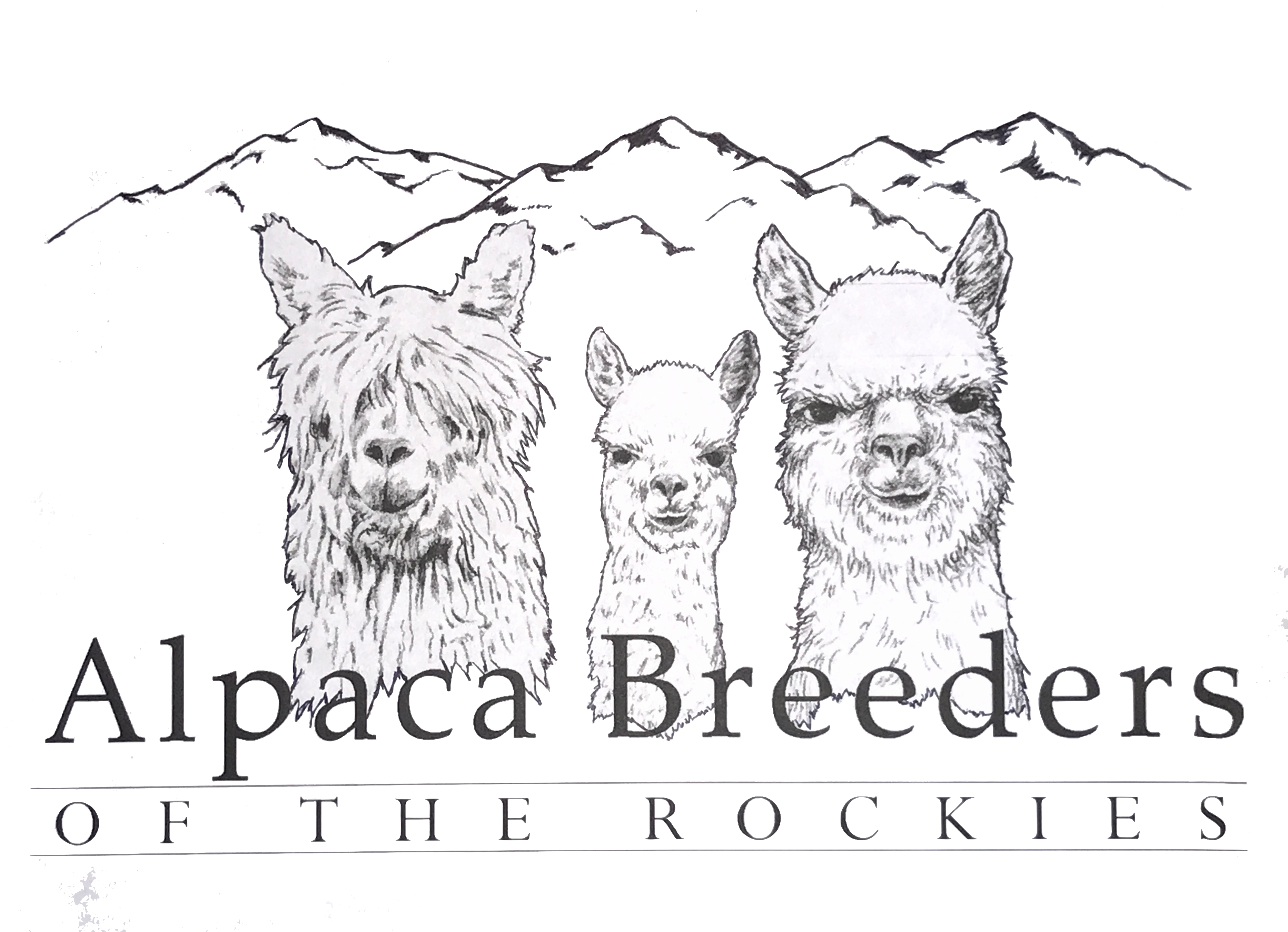Facts About Fiber
Alpaca yarns have been gaining in popularity over the past few years. This is due to alpaca yarn being strong and soft with light weight warmth. Alpaca yarns are typically softer than wool. This is because all hair is made up of a series of scales. With animal fiber yarns that are soft, the fiber tends to have very small, short scales. On average, alpaca fibers have shorter scales than sheep.
Many people ask if they can wear alpaca since they react to wool. Alpaca yarns do not contain lanolin, an oil that sheep produce to protect their fleece. That means that people with wool or lanolin sensitivities can still wear alpaca. Baby alpaca can often be worn by people with sensitive skin.
Alpaca does felt unless it has undergone a superwash process. (A
superwash process removes the scales from fiber) Due to the smaller
scales, alpaca yarns will take a little bit longer to felt than
traditional wool with similar results and a softer end product.
One of the benefits of 100% alpaca is its beautiful drape, so use 100% alpaca for shawl, scarves and accessories.
Alpaca can be stretchy, since elasticity is determined by its scales. Alpaca fiber scales are short and smooth, therefore do not lock together well. This results in 100% alpaca yarns having a tendency to stretch, and unlike wool it will not shrink back into place when washed. This trait has a significant advantage when knitting or crocheting lace, as the stitches will readily open up and show the pattern.
There is not a single perfect fiber, one way or another there is something lacking. They all have some good, fair and poor characteristics. In an effort to produce perfect yarns the production of blended fibers has come about. Blended yarns contain two or more different fibers resulting in a yarn with improved overall characteristics. If blending is done carefully the good qualities of the fibers are emphasized and the poorer qualities are minimized. This practice is generally accepted within the fiber world.
The important reason for blending fibers is to produce better performance. Blending can improve the characteristics that are poor in one fiber by blending it with another type of fiber that excel in those characteristics. Some examples of blending are:
1. Addition of 20% wool to alpaca gives the yarn less stretch and more elasticity, this is great for sweaters. If a cable is the main stitch in the sweater pattern a 50/50 alpaca/wool yarn is desired for stitch definition.
2. By adding 20 to 25% bamboo (a viscose fiber) to the alpaca fiber will result in the addition of luster to the yarn, thus enhancing the appearance of the yarn. The bamboo will also add a pleasing to the eye drape of the final garment. This is not a good blend for sweaters but great for shawls and scarves. Bamboo also causes a cross dye effect as the cellulose fiber does not take the dye as strongly as the alpaca giving the yarn a color uniqueness.
3. The addition of 20% silk during the carding process adds shine and gives the yarn a smooth finish.
4. Angora rabbit is a great addition for a luxurious yarn, as little as 10% will result in a yarn with a halo.
5. Blending with 10 to 30% mohair will make a loftier yarn and give it a fuzzy look.
There are many other blends that enhance alpaca, yak, buffalo, pima cotton, qiviut, and possum are some other exotic fibers that fiber enthusiast will appreciate.
FIBER ARTS
Please check back soon to see Fiber Arts information.
